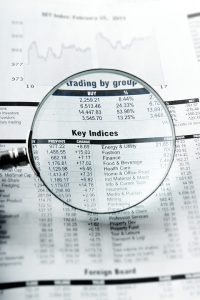Bond markets play a critical role in the financial landscape of Australia, providing investors with opportunities to generate income and diversify their portfolios. The Australian bond market is one of the largest and most liquid in the Asia-Pacific region, offering a wide range of fixed income securities to meet the needs of various investors.
Overview of the Australian Bond Market:
The Australian bond market consists of both primary and secondary markets, where issuers raise debt capital by issuing bonds to investors. These bonds are essentially loans that investors provide to the issuer in exchange for regular interest payments and the eventual repayment of the principal amount at maturity. The bond market in Australia is regulated by the Australian Securities and Investments Commission (ASIC) to ensure transparency and investor protection.
Key Market Trends:
In recent years, the Australian bond market has seen significant growth, driven by low-interest rates, economic stability, and increasing demand for fixed-income securities. Government bonds issued by the Australian government are considered one of the safest investments, as they are backed by the full faith and credit of the government. Corporate bonds issued by companies allow investors to participate in the debt financing of private sector entities. Municipal bonds are issued by local governments to fund infrastructure projects and public services.
Investment Opportunities:
Investors can choose from a variety of bond types based on their risk tolerance and investment objectives. Government bonds provide a low-risk option for conservative investors seeking stable returns. Corporate bonds offer higher yields but come with additional credit risk, depending on the financial health of the issuing company. Municipal bonds can appeal to investors looking to support local communities while earning tax-free interest income.
Performance Metrics:
Key performance metrics for bonds include yield, duration, and credit rating. Yield represents the annual return on a bond, which is a combination of the coupon rate and the price appreciation or depreciation of the bond. Duration measures the sensitivity of a bond’s price to changes in interest rates, with longer-duration bonds being more volatile. Credit rating assesses the creditworthiness of the issuer and indicates the likelihood of default.
Market Analysis and Strategies:
Investors can analyze the Australian bond market by monitoring economic indicators, interest rate movements, inflation rates, and geopolitical events. Strategies for investing in the bond market include creating a diversified portfolio, matching bond maturities to investment goals, and actively managing duration risk. Investors can also consider using bond ETFs or mutual funds for broader exposure to fixed income securities.
In conclusion, the Australian bond market offers a range of opportunities for investors seeking income and capital preservation. By understanding the different types of bonds available, analyzing market trends, and implementing sound investment strategies, investors can navigate the bond market successfully. As with any investment, it is essential to conduct thorough research, seek professional advice, and stay informed about market developments to make informed decisions.








